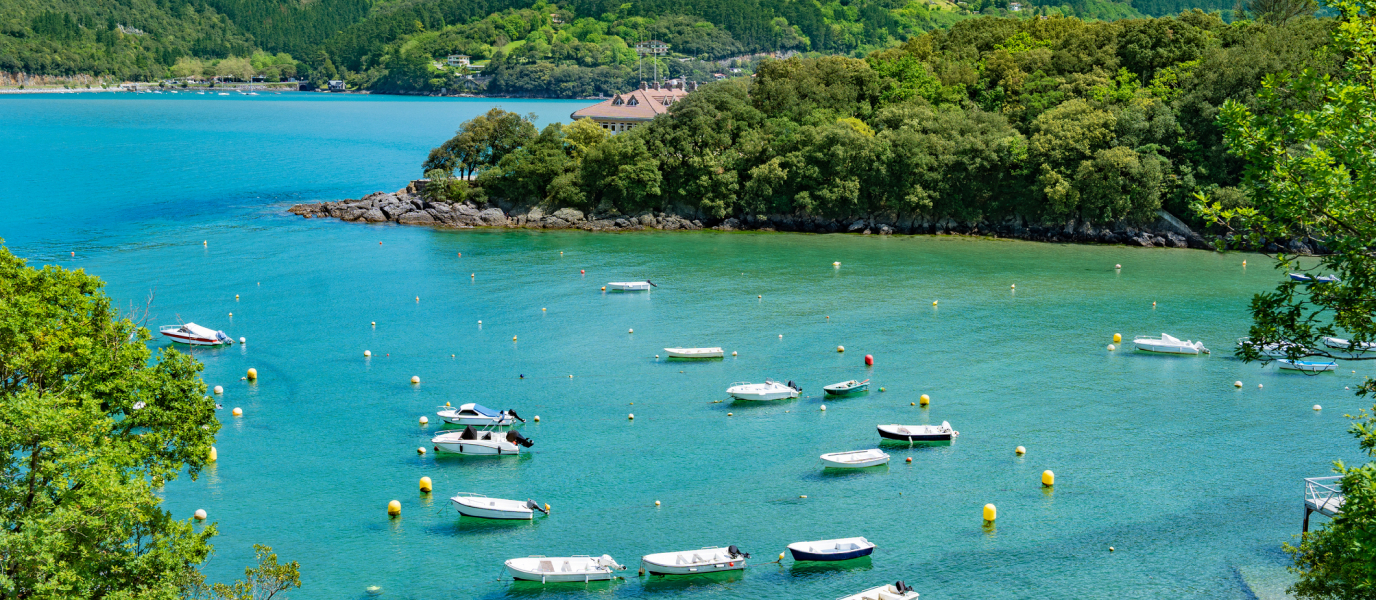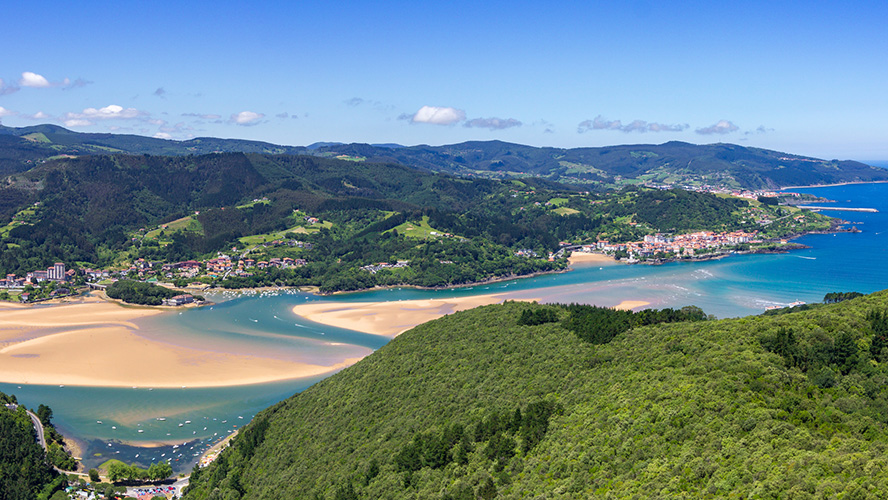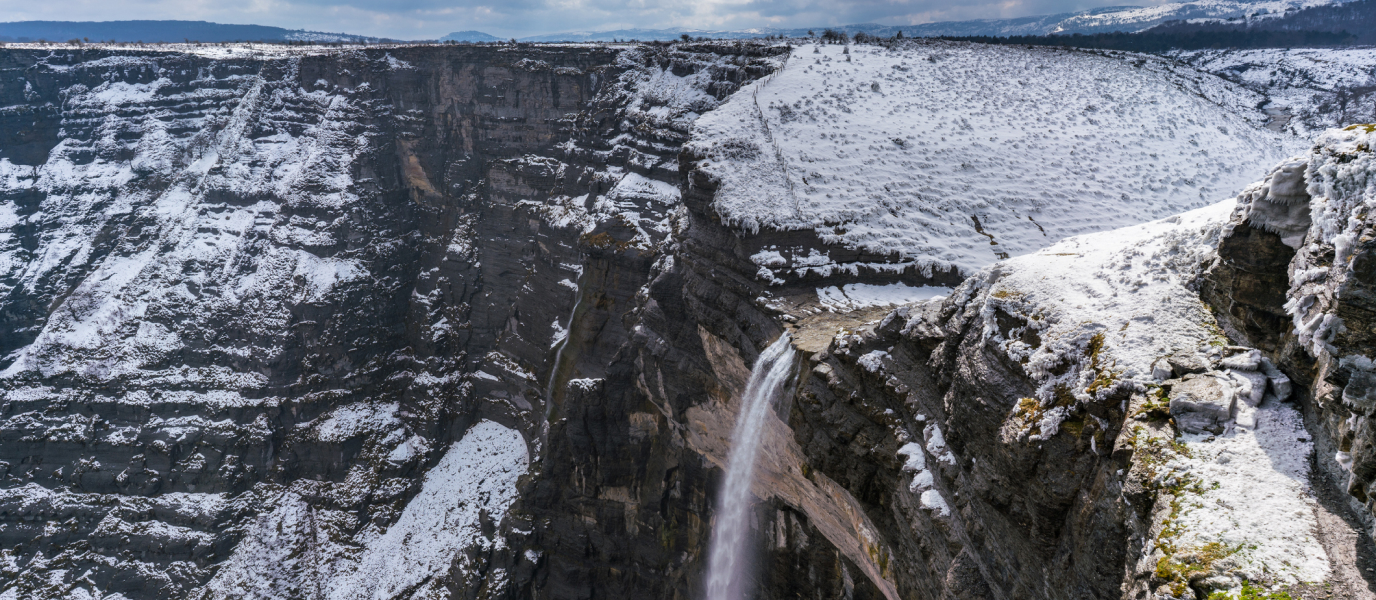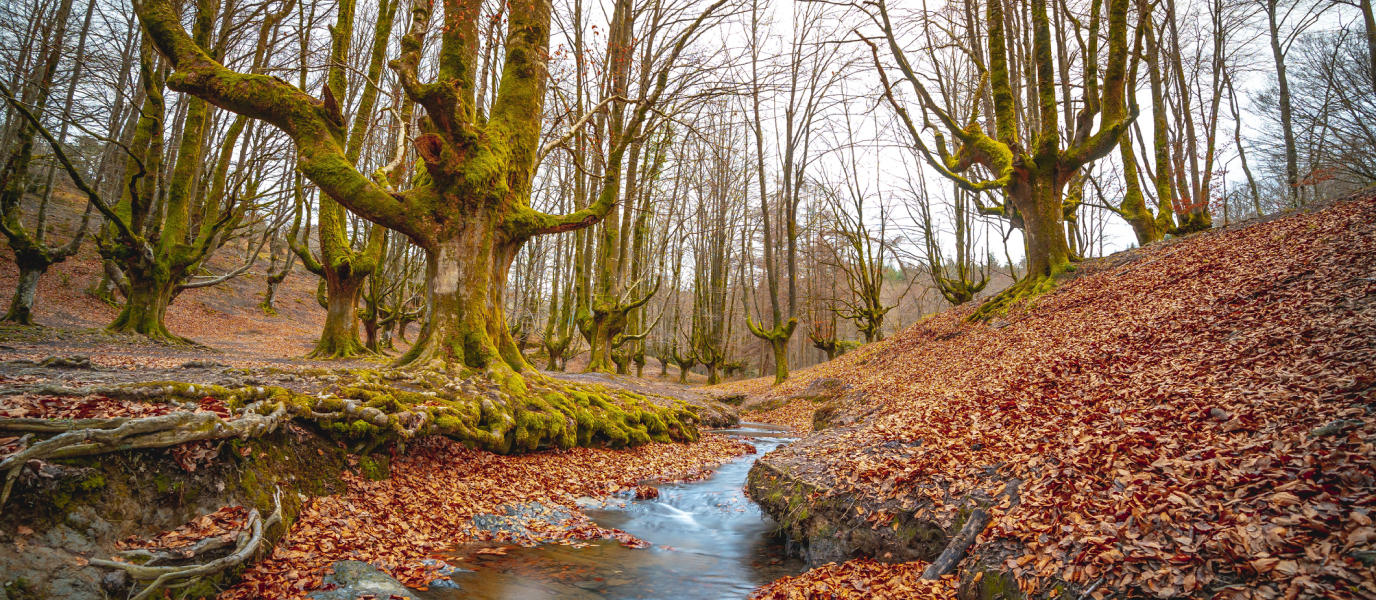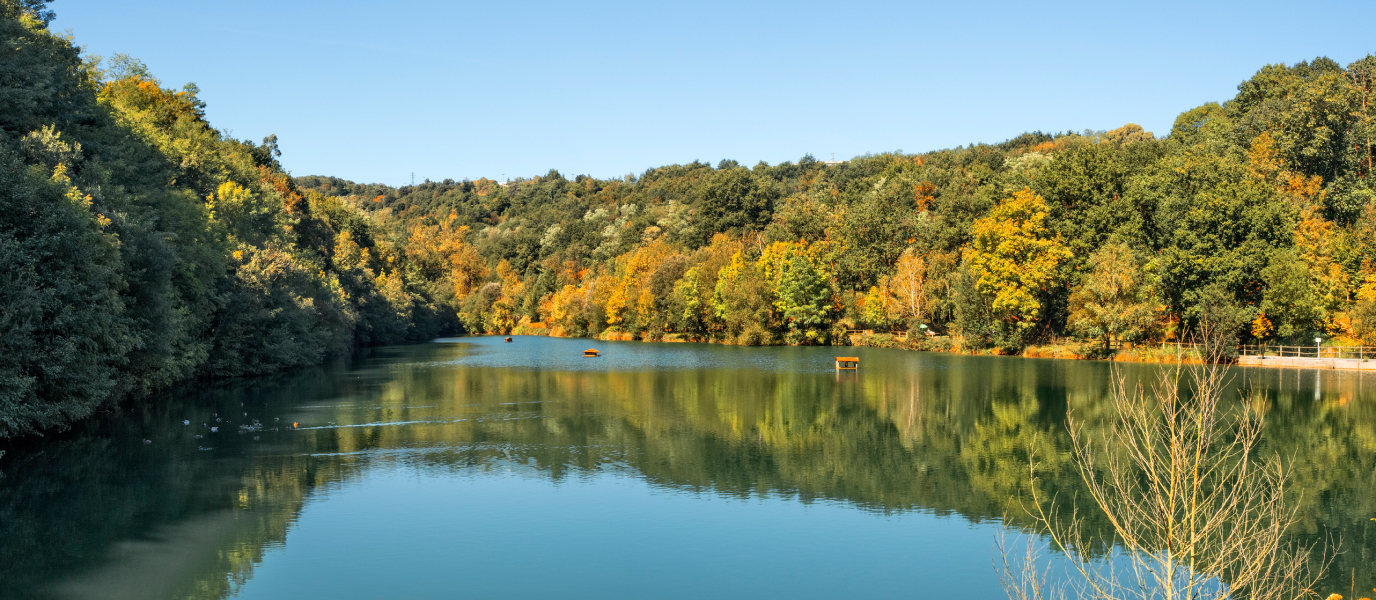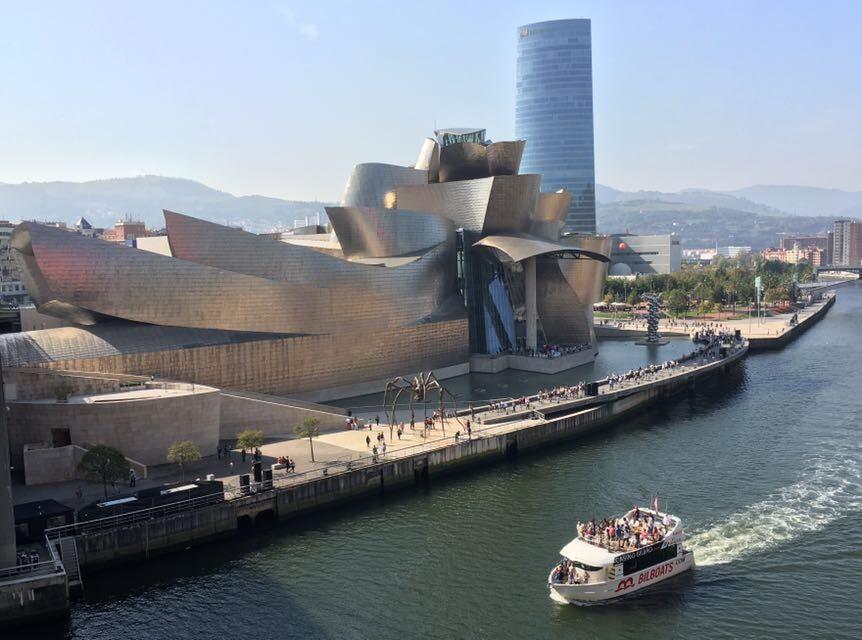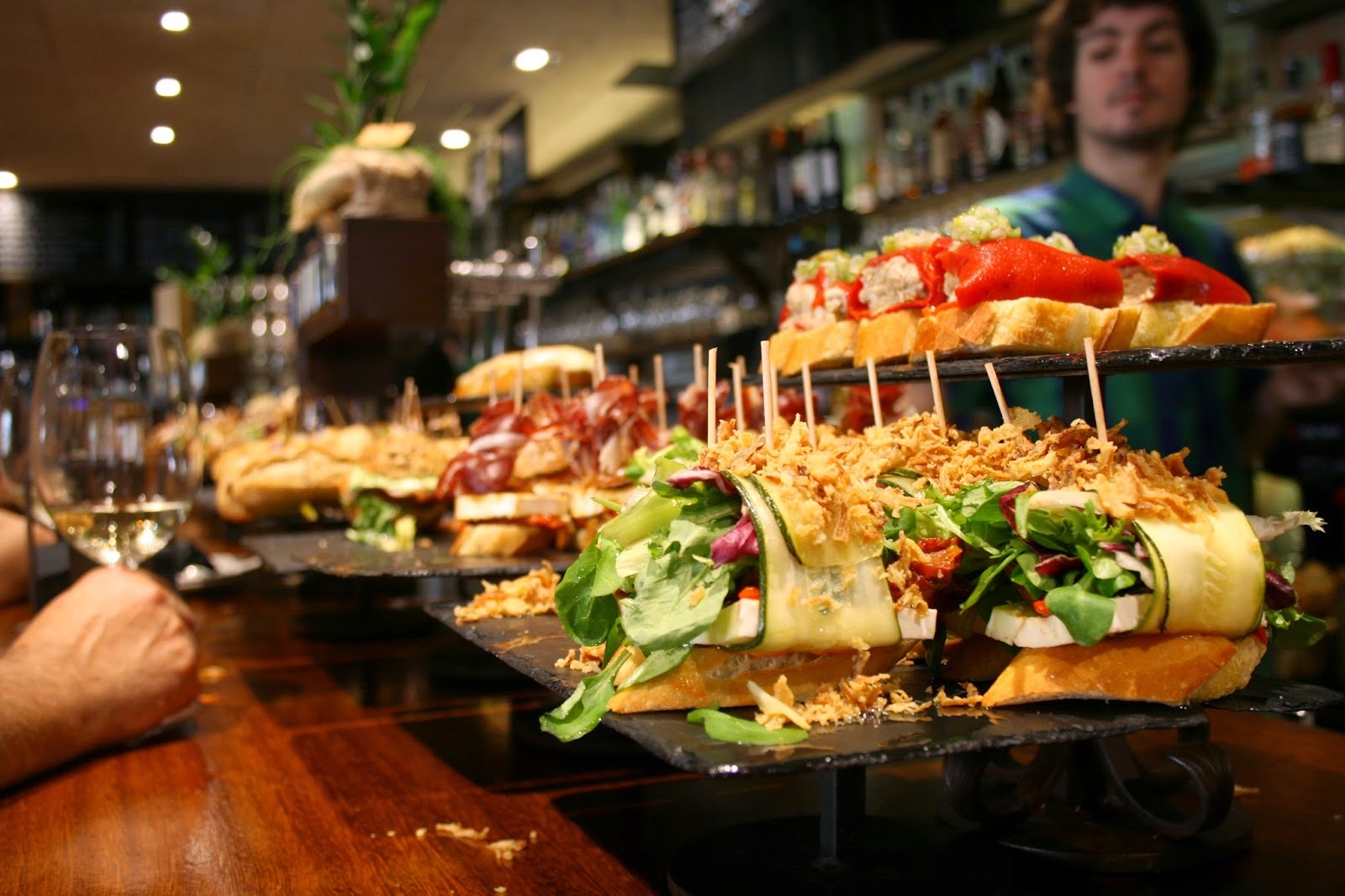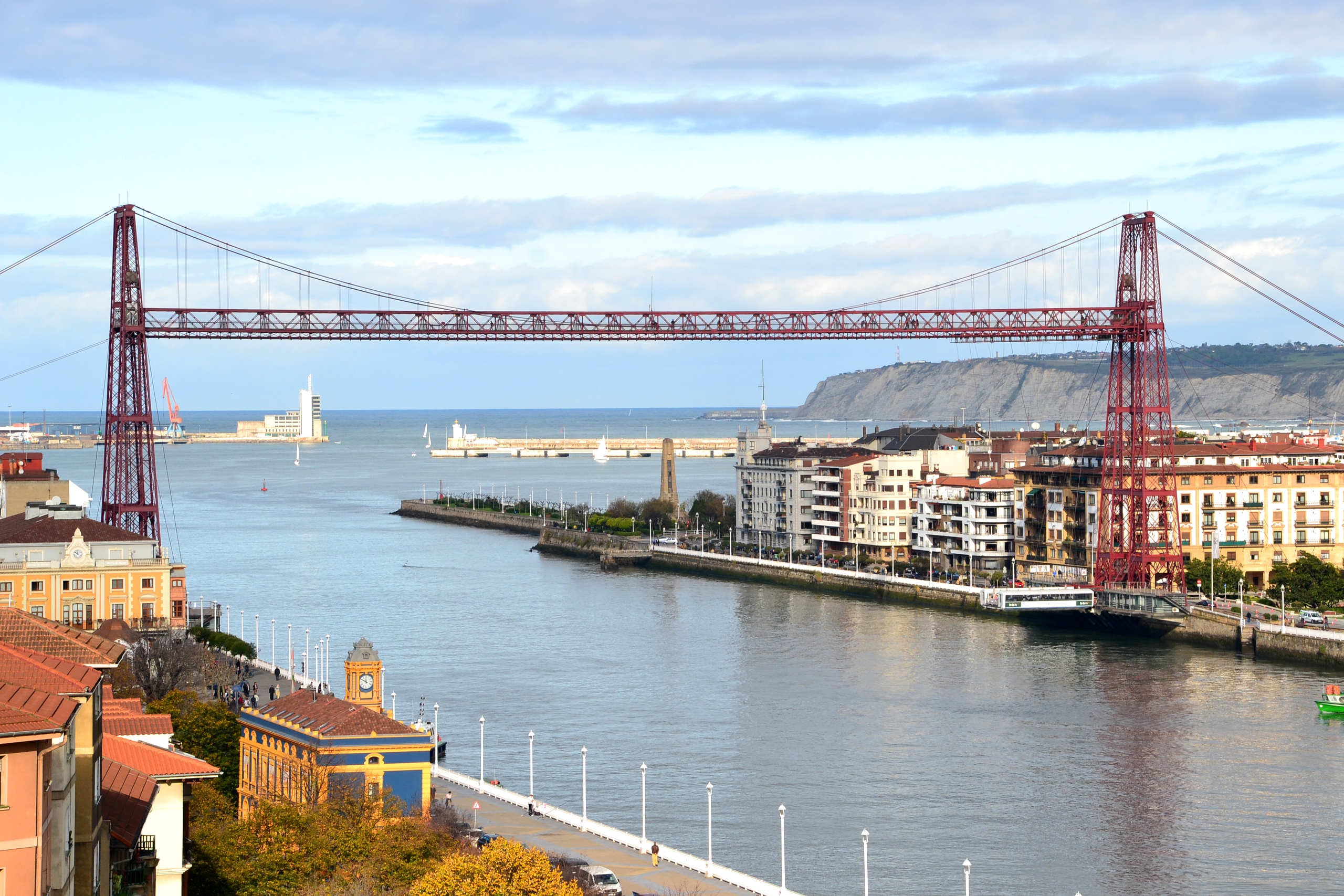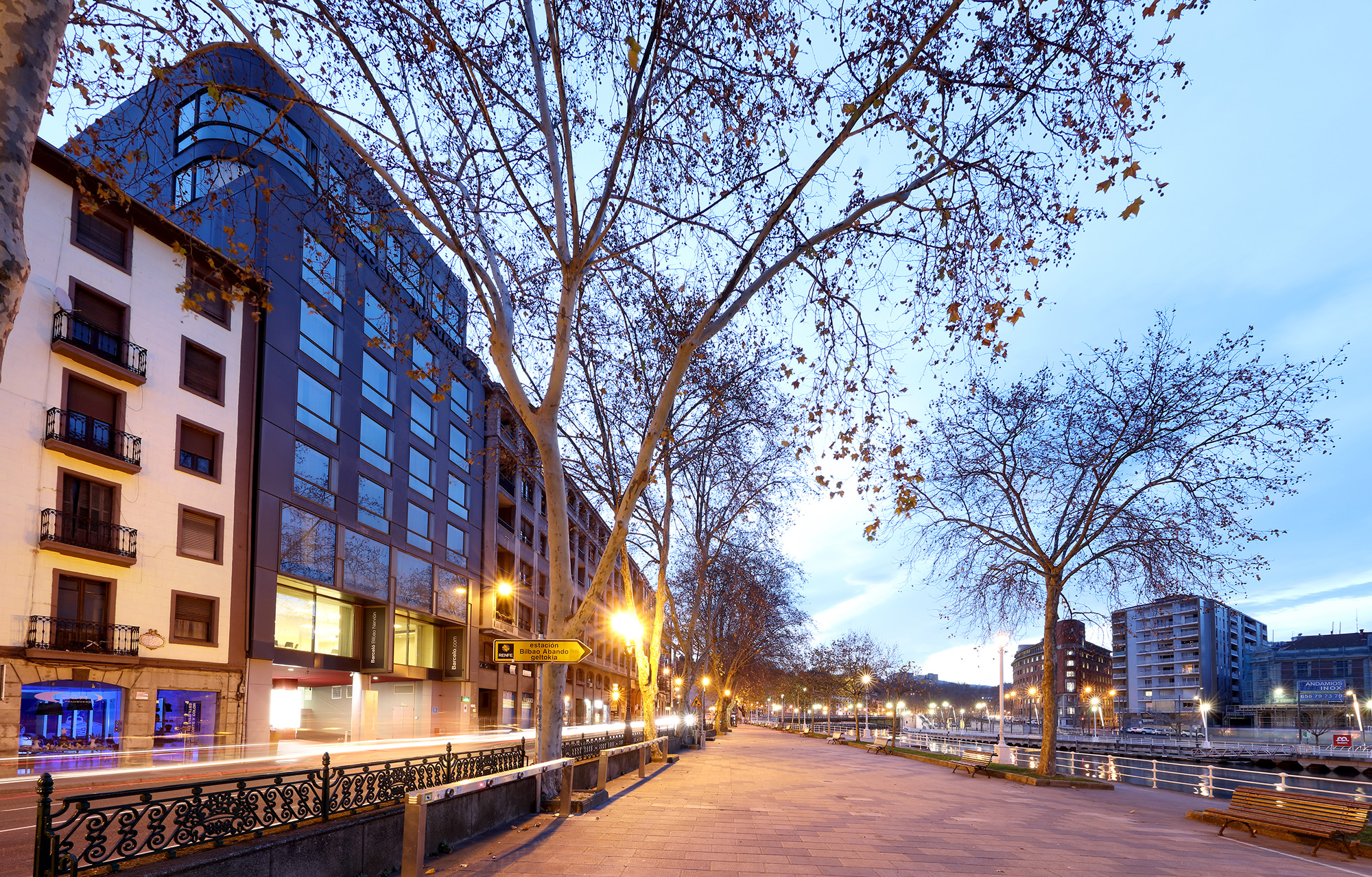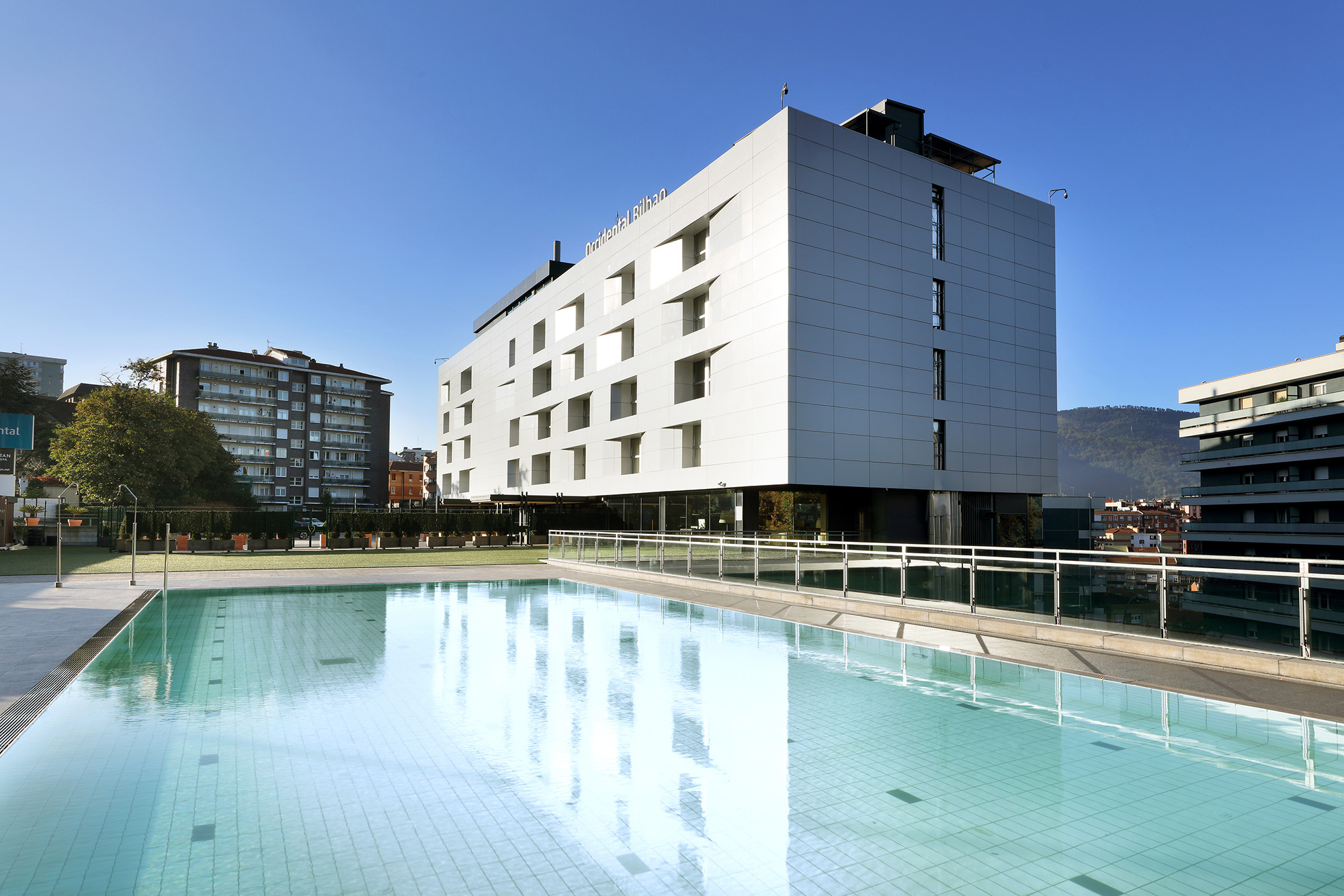From its source on Mount Oiz, the Oka river descends towards the Cantabrian Sea producing an idyllic environment of life and beauty in its surroundings. The river doesn’t only form marshland at its estuary, visited by thousands of migratory birds every year, but also Cantabrian holm-oak woods and oak groves, wild beaches loved by surfers, sheer cliffs and coastal villages with a seafarers’ spirit that dot the surroundings. It’s no surprise then that the natural area of Urdaibai, in the province of Biscay, was declared a Biosphere Reserve by UNESCO in 1984.
A bird watching paradise
The osprey, the Eurasian spoonbill, the Eurasian bittern—these are just some of the birds that, although rare to see on the Iberian Peninsula, can be spotted in the Urdaibai Nature Reserve, visited each year by almost 250 species that come to spend the winter or to stop off en route to their migratory destination. To take advantage of this ornithological diversity the Urdaibai Bird Centre was opened in 2012—a remarkable observatory from where you can watch the comings and goings of the great “international airport” for birds that is the estuary of the Oka river.
Villages of the Urdaibai Reserve: where the Basque fishing tradition still lives
Mundaka
The fishing port and the narrow streets of the centre of Mundaka, situated on the left bank of the estuary, are one of the finest examples of the fishing tradition of the Basque people. Strolling alongside its colourful, picturesque houses, or climbing up to the Atalaya lookout point, in the shadow of the Church of Santa María is a delight. And a visit to the Santa Catalina hermitage, an unparalleled spot for contemplating the estuary’s many kilometres of sandy ground, is a must. Surfers will already know Mundaka for its incredible waves—the town is said to have the longest left waves in Europe—and the international competitions that are held here every year.
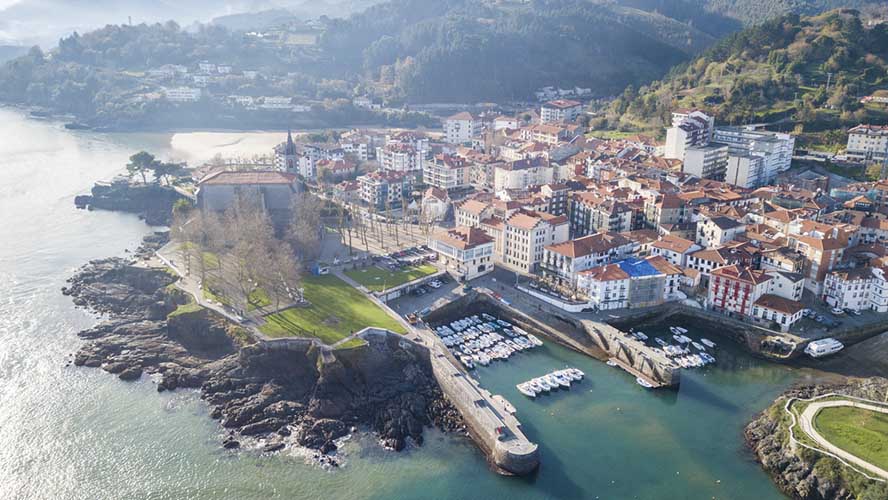
Bermeo
In few other places can you get a feel for age-old fishing tradition than in Bermeo, which was the capital of Biscay until 1602. Everything in this town is related to the sea, from the colourful fishermen houses by the port to the Fishing Museum, the route of the statues—which illustrate the way of life of its old inhabitants—and the Aita Guria, a floating museum that is a scale model of one of the galleons that would set sail towards Terranova to hunt whales in the sixteenth century.
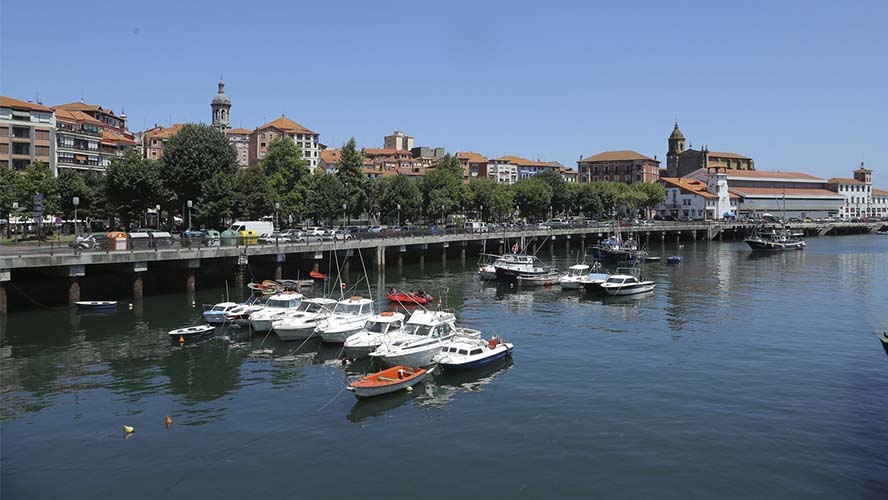
Elantxobe
Sheltered on the Cape of Ogoño, tucked in between the cliffs and the sea, is Elantxobe, one of the most beautiful villages in Biscay thanks to its spectacular location. Protected from the pounding waves of the ocean by various sea walls built in 1783, you can wonder its steep streets and staggered buildings to visit the Church of Saint Nicholas of Bari, built in honour of the patron saint of fishermen.
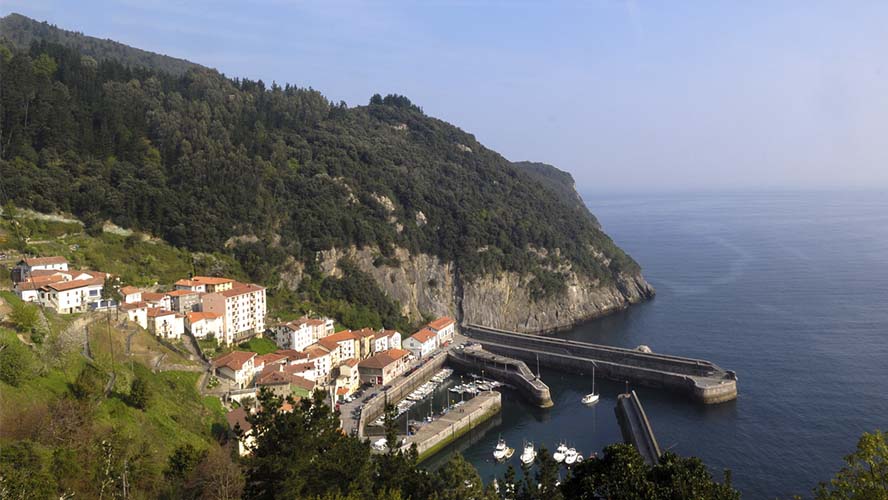
San Juan de Gaztelugatxe: the most cinematic place in the Basque Country
An islet battered by the waves, on whose summit has stood a hermitage dedicated to Saint John the Baptist since the tenth century. A narrow bridge made from stone is the only link with the mainland. A zigzagging and tortuous walk up 241 steps takes you to the hermitage, where according to legend those who touch the bell three times will have their wishes granted. It seems like a scene from a film, which is exactly what it is. San Juan de Gaztelugatxe is perhaps the most beautiful and spiritual place on the coast of Biscay. In fact, the small temple houses offerings from the sailors who survived maritime accidents.
This spectacular spot didn’t go unnoticed by the producers of the Game of Thrones series, who chose it as the setting for Dragonstone, one of the most memorable scenes in the seventh season of the series.
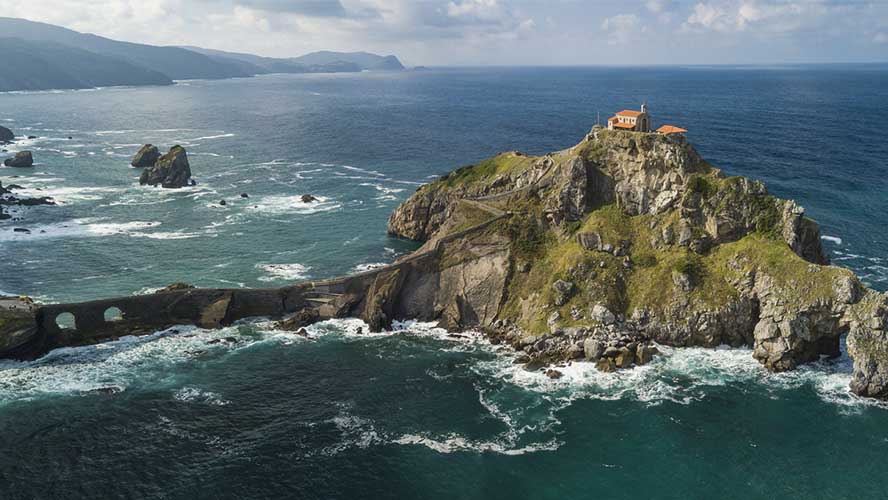
Laida and Laga beaches: wild paradises for surfers
The Urdaibai reserve is richer in cliffs than it is in beaches. Of the 12 that can be visited, particular highlights are the beaches of Laida and Laga. The former, with almost one kilometre of fine sand, is the largest in Urdaibai, lined with sand dunes that protect visitors from the cold wind. It is perfect for windsurfing, canoeing, paddle boarding, sailing and, above all, surfing, as you can access the famous left wave of Mundaka from the beach.
Just a few kilometres away is Laga beach. Stretching across 600 metres it is a wild beach, completely open to the waves of the Cantabrian Sea and surrounded by large rocks, vegetation and cliffs. An idyllic spot with crystalline waters, it is perfect for sitting down and watching the twists and turns of the surfers.
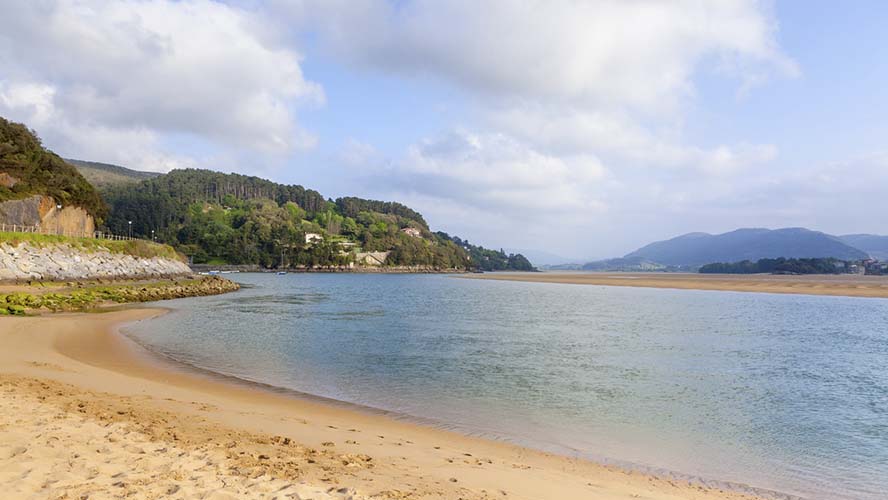
Gernika: a trip to the heart of the Basque Country
The first thing that comes to mind when one hears the words Gernika y Luno, capital of the region of Busturialdea together with Bermeo, is the famous painting by Pablo Picasso inspired by the horrific bombing that the town suffered in 1937 when 90% of it was destroyed. Gernika, however, is much more than a symbol of peace against the horror of war. It is the cradle of history and political liberties for the Basque people, represented by the former Casa de Juntas—the current seat of the Juntas Generales (representative assemblies) of Biscay—and, above all, the famous Tree of Guernica, under whose branches, in the fourteenth century, the Lords of Biscay established the fueros (regional common law) that have supplied the Basque Country with extensive autonomy. Gernika also warrants a visit for the Euskal Herria Museum and the Pueblos de Europa Park, which is presided over by the symbolic sculpture Gure Aitaren Etxea, by the great artist and San Sebastian native Eduardo Chillida.
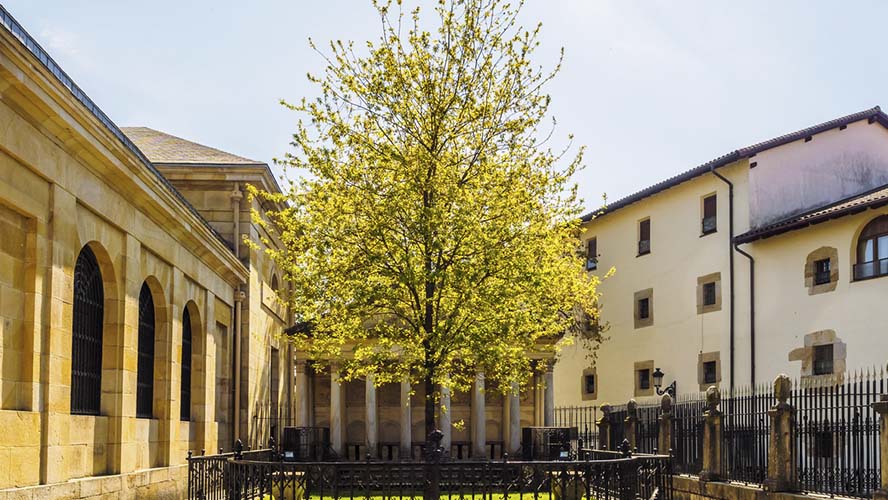
Oma forest and the Santimamiñe Cave: inland treasures
Urdaibai comprises two places located in the municipality of Kortezubi that, despite being less well known, shine in their own right within the natural reserve. On the slopes of Ereñozar mountain is the Santimamiñe Cave, which was accidentally discovered by some young boys in 1916. What they found was the most important archaeological site in Biscay, with remains of human settlements dating back 14,000 years and rock paintings of bison, horses, goats, deer and brown bears that date from the Magdalenian period of the Upper Palaeolithic (13,000 B.C.).
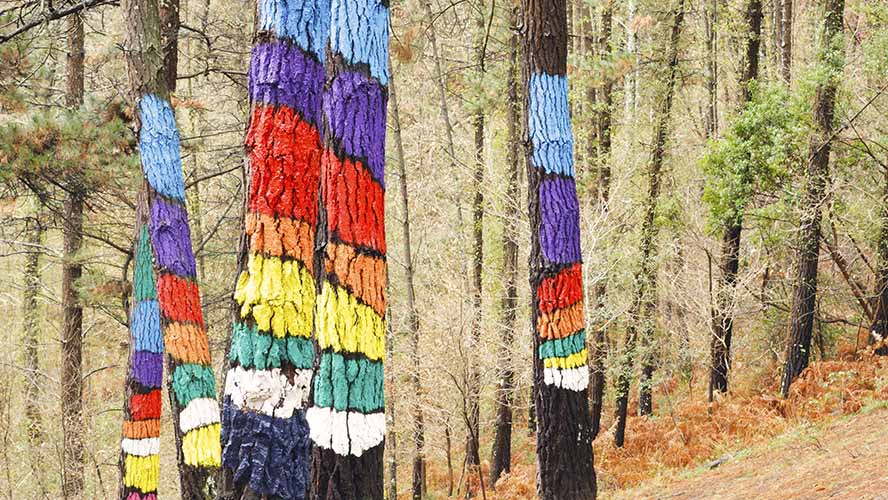
Just three kilometres away is the Painted (or Enchanted) Forest of Oma. It owes its name to the colourful figures and geometric shapes that the Basque artist Agustín Ibarrola painted onto the bark of the pine trees, creating a living canvas that changes according to the perspective with which we look at it.




































































